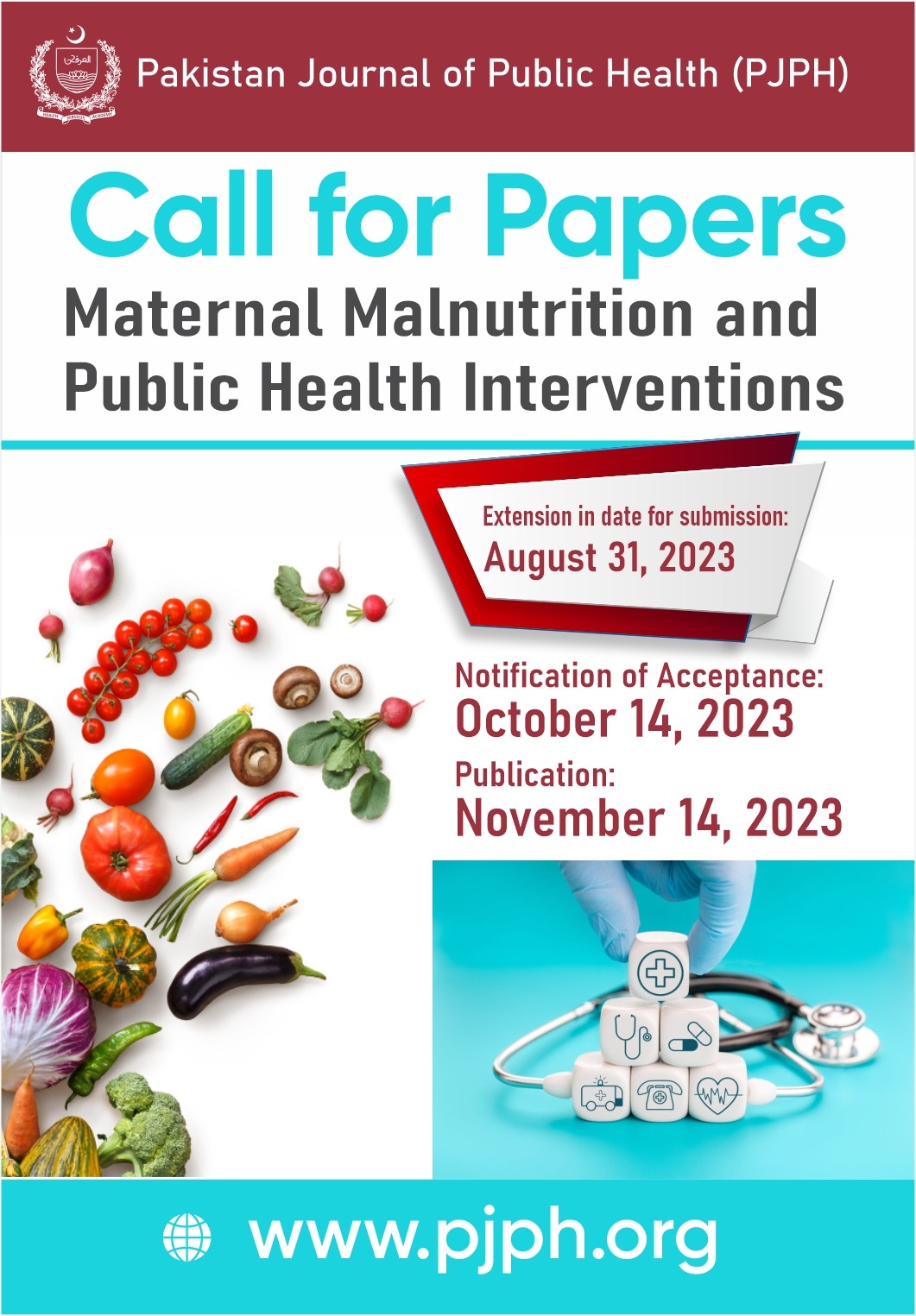Reviewing a model of public-private mix employed for tuberculosis control in Pakistan
DOI:
https://doi.org/10.32413/pjph.v12i1.961Keywords:
Public private mix, health care workers, active case finding, TB, case notification, out-of-pocket spending, GeneXpert, TB Control PakistanAbstract
This narrative review of the public private mix (PPM) TB plan by comprehensively evaluated the performance of this initiative in case reporting, management, treatment outcome, affordability, and accessibility from the district health system data to the TB Control Programs. Comprehensive literature review was done from the peer-reviewed journals; reports including global and national TB control programs along with technical guidelines on PPM were reviewed.
This paper focusses on PPM model in the TB case notification since its establishment in Pakistan based on the data reported by national TB control mechanisms by reviewing the involvement of and TB case contribution by private health care providers, active case finding through chest camps, TB case finding through enhanced case findings in large private hospitals, and case finding through lady health workers. PPM is a promising strategy for TB care and control and scaling up of PPM should include financial support in addition to material inputs. Moreover, improving program governance and training for the health care providers with the help of integrated collaborative mechanisms is warranted. There should be a standard reporting system for private practitioners for setting up standard guidelines for the Tuberculosis treatment.
Downloads
Published
Issue
Section
License
Copyright (c) 2022 Adeel Tahir, Ghulam Nabi Kazi, Aurangzaib Quadir, Farah Naureen, Kinz ul Eman

This work is licensed under a Creative Commons Attribution-NonCommercial 4.0 International License.






